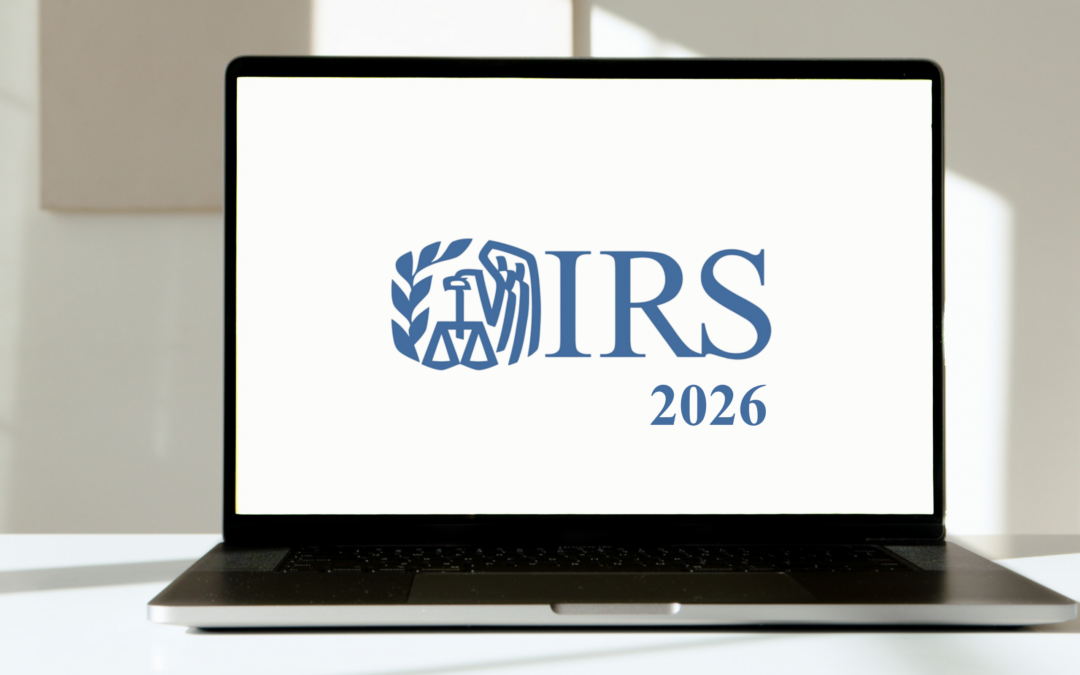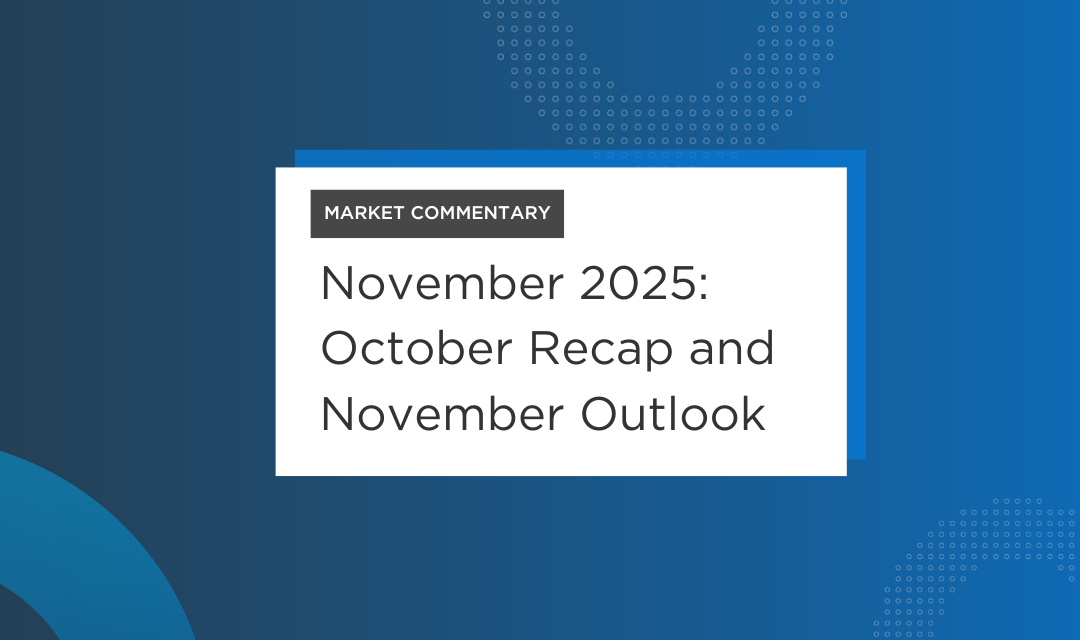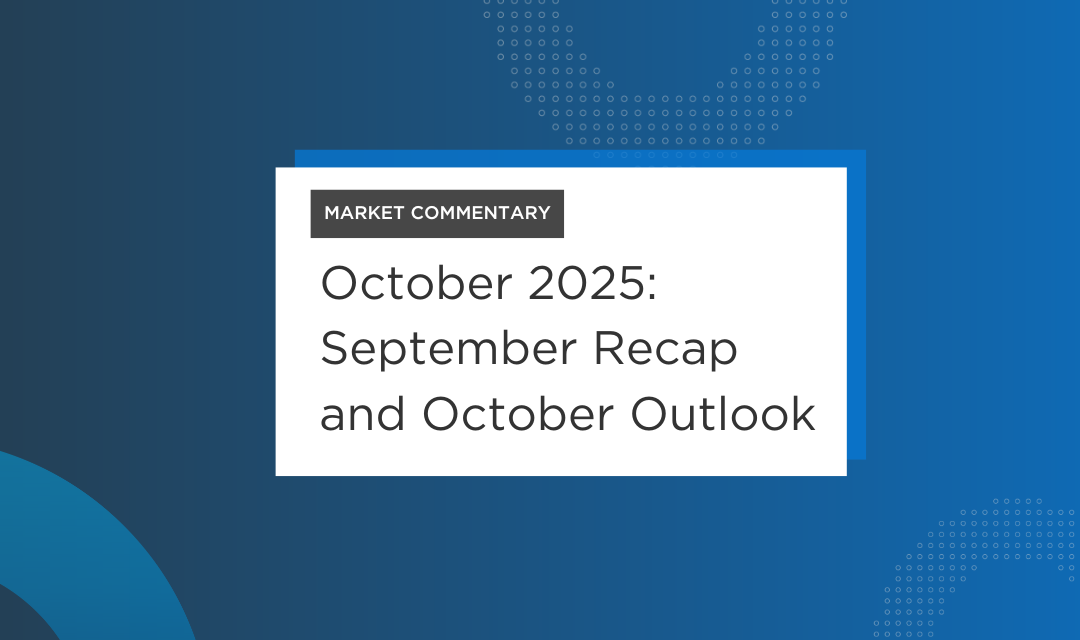Written by Doug White.
You need a budget if you…
- Wonder where all your money went each month.
- Have goals for savings but you don’t think you have any money to save.
- Haven’t started putting anything away towards retirement or other long term goals.
- Have debt that you’re not sure you can ever pay off.
How to Create a Budget
Step 1: Look at your bank statement for the previous month to capture how much you have already spent and categorize it. Examples include groceries, gas, eating out (this includes fast food and coffee breaks), entertainment, miscellaneous, etc. This will give the reality of where your money has been going. Some online bank accounts will categorize this automatically but make sure each item is in the correct category for you.
Step 2: Determine if any of those categories are out of line with your goals/values and set a budget on how much you plan to spend in each category going forward. For example, if you spent $400 last month on eating out, ask yourself if that is that too high a percentage of your budget.
Step 3: Fill out a budget form (many templates available online) or find a budget app. The idea is to spend/categorize ALL your monthly income so that you know where it will go before you receive it. This not only includes spending but savings and debt repayment as well. It’s important to make a miscellaneous category too, there will always be those random items you spend on that don’t fit into your categories.
Step 4: Track your spending in each category. This should only take about 30 minutes a week to go through each category. You may budget $100 for eating out each week, but how will you know how much you really spent? Some people put cash in an envelope for eating out and when it’s empty they stop. But many these days don’t carry cash and that can be an excuse for not sticking to the budget. Find a system that works best for YOU.
It’s not working! What if you overspend a category? Don’t give up! Try to adjust another category to compensate. It typically takes 3-6 months to get your budget figured out. Every month is different with different expenses like birthdays and one time events. You will figure out how to plan for those better as you keep doing it. Just don’t stop, keep trying!
There are only 2 components to a budget: what comes in and what goes out. If you cannot change what is going out, then you have to look at what is coming in and how you might be able to change that. A short-term strategy can include working an extra job or completely cutting out things you can live without. Longer-term options may be considering a job change or asking for a raise.
Tips to find extra money in your budget
Evaluate your TV entertainment costs. Cable TV can be very costly these days. There’s a good chance you already have fast speed internet at home, so why not consider cutting out cable and switching to a streaming service? Many have free trials so you can test how it works and if your favorite shows are available before cutting the cable. Just remember if you turn off cable, you can always turn it back on if it doesn’t work out! Try looking into popular services like YouTube Live, Hulu, SlingTV, or AT&T Now.
Can you relate to my friend’s experience and why he switched to streaming tv?
Two years ago my wife and I decided to try and evaluate what we call “lifestyle creep.” We realized that we were paying $260 per month for cable. The most ridiculous aspect of this business relationship was that I forgot that we were paying $15 a month for each cable box and we had 3. Our family and friends love to get together at our house and eat dinner and watch movies and so we were slow to change but once we found an “over-the-top” service that gave us ALL of the same movie channels and real-time experience that we were looking for at third of the price we were willing to take a chance. At this point, we pay about $70/mth for the same thing we were receiving before.
Consider your food costs. The more you plan, the better control you will have. Instead of browsing down the grocery aisle or thinking up random meal ideas at the store, write out a meal plan for the week before you go. This also takes time, but it works like a sub-budget. If you give yourself $500 for groceries, then you can plan how to spend that money specifically to make it stretch. Also deciding on where to shop or buying store brand items that have the lowest prices can help stretch that budget category. Don’t forget to utilize grocery stores online coupon wallets (Kroger, Randalls, etc). It may not seem like much, but saving a few dollars every trip helps your overall budget.
Having a budget gives you the most control of where your money goes. If you have goals of saving for retirement, buying a home or car, paying for a child’s education, then this is the tool to help you achieve those goals. Without it, you may just keep asking yourself “where did all my money go?”
For more help on budgeting, watch this FinPath University Course or schedule a TeleWealth Virtual Meeting with a Financial Coach.



